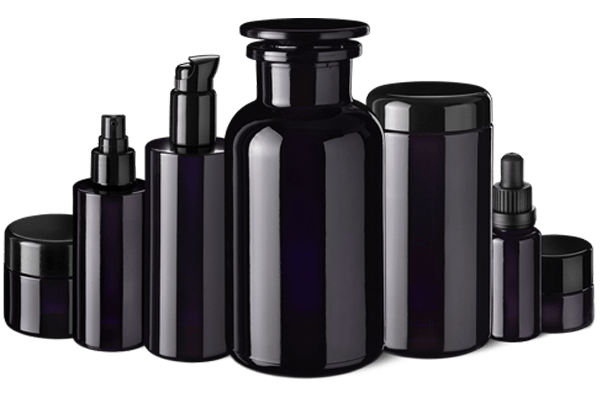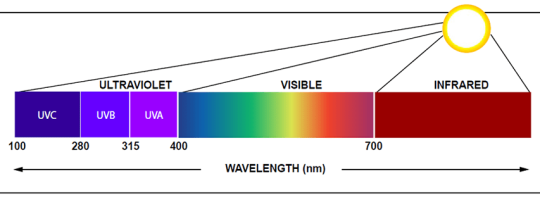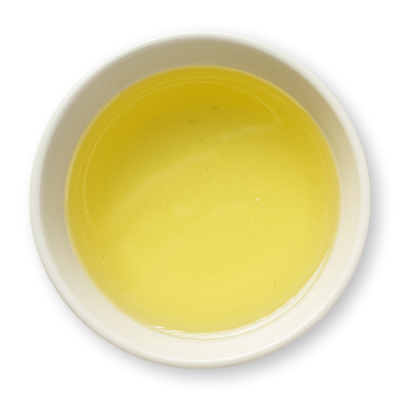Miron (violet) glass: the perfect packaging you deserve
At Cannadoca, we always strive to offer our clients products with exceptional quality and traceability, with respect to ingredients, naturalness, potency, taste, storage life and other important criteria that should comply with our highest quality standards.
So, why don't other CBD brands use Miron Glass if it's so beneficial?


Functionality of Miron violet glass
The sun emits visible and invisible light. The visible spectrum becomes discernable to our eyes when the white light is channeled through a glass prism. At the same time, the light also contains a part that is invisible to our eyes and lies in the radius of electromagnetic wavelengths of infrared and UV-A. The sunlight enables all plants to grow. If they continue to be exposed to the sun after reaching maturity, the effect of the light changes and accelerates the molecular decaying process. Miron violet glass works like a natural filter only allowing the entranced of the sunlight that protects and improves the quality of premium and sensitive substances.
There is a large spectrum of packaging materials available and most of them are permeable to visible light. The following graphics show to which degree the light can penetrate in different materials: Miron violet glass blocks the complete spectrum of visible light with the exception of violet, the spectral range of UV-A and infrared light. This unique combination offers optimal protection against the ageing processes that are released by visible light, thus lengthening the durability and effectiveness of the products.

A 2016 study by various experts and institutions found evidence of reduced bacterial and antimicrobial action of ultraviolet light or blue-violet light. Research showed that there was a significant drop in contaminants and that the UV light had antibacterial capabilities.
There are different types of UV light and they are determined by their wavelengths. UVa has a wavelength between 400 nm to 320 nm, UVb between 320 nm to 290 nm, and UVc between 290 nm to 100 nm. In the study, they used 405 nm or UVa for testing antibacterial abilities.
Ultraviolet glass bottles allow 25% – 45% of UVa light to pass through, which explains how it can prevent contamination and bacterial growth. By allowing food and liquids “sunbathe” in UVa light, they will be exposed to high amounts of bio-energy in the safest way possible.









